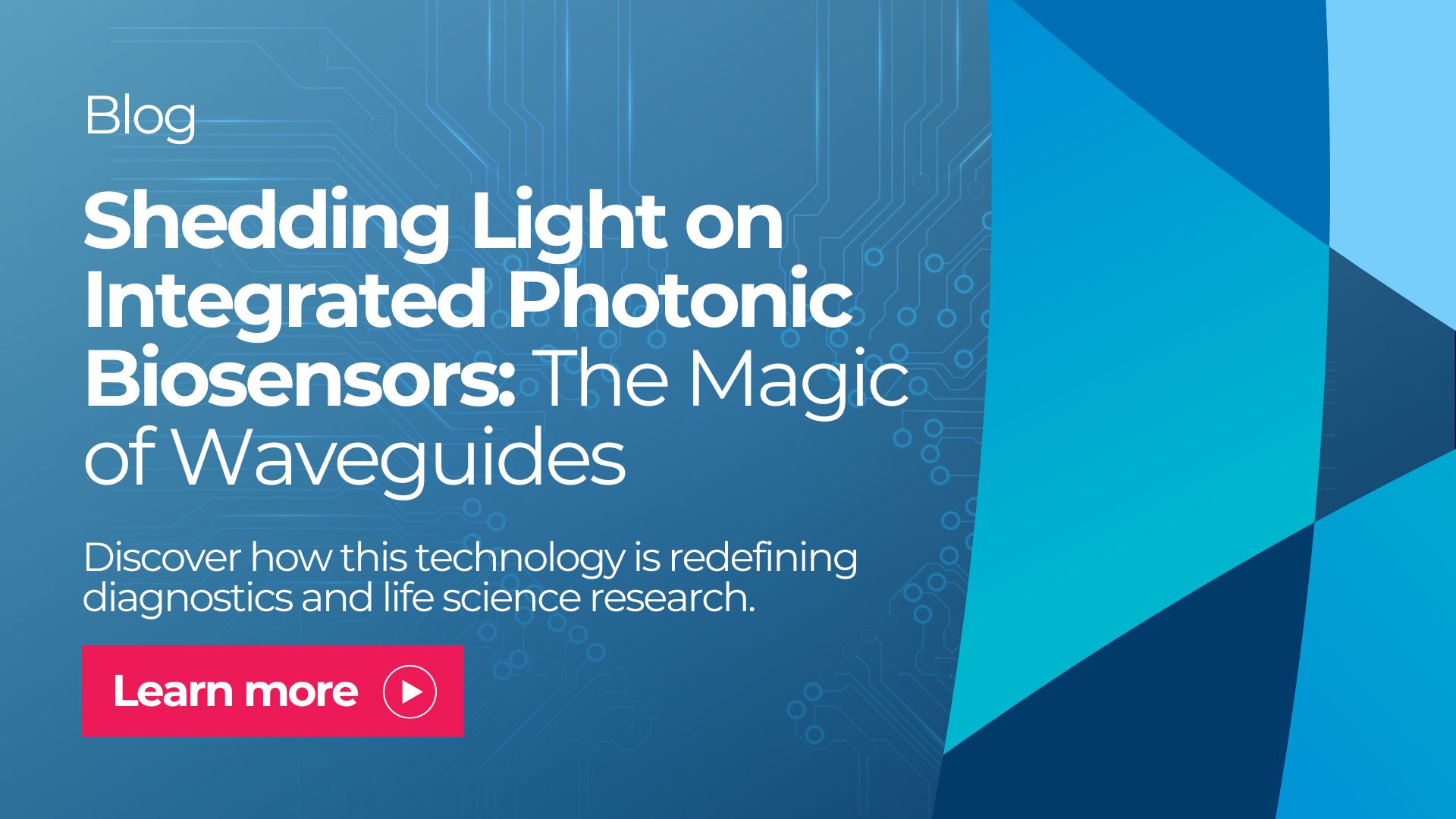As we journey deeper into the world of Delta Diagnostics’ groundbreaking technology, we find ourselves at the heart of integrated photonic biosensors. In this episode, we’ll unveil the inner workings of these remarkable sensors, starting with the magic of waveguides. These tiny optical pathways, akin to optical fibers on a chip, guide light through bends and across the optical landscape, forming the foundation of biosensors with unmatched precision.
The Wonders of Waveguides
Waveguides play a crucial role in integrated photonic biosensors, but often do not receive the recognition they deserve. Think of them as miniature optical fibers but confined to a tiny chip’s surface. They possess the remarkable ability to guide light, even as it twists and turns along their path. This unique feature allows them to transport light across the optical chip, where it meets its destiny as a sensor.
The Birth of Sensors
Waveguides don’t just carry light; they can also be transformed into sensors. Here’s where the magic truly begins. At the surface of the waveguide, an enchanting phenomenon occurs—the evanescent field emerges. This field extends just beyond the waveguide’s surface into the surrounding medium, whether it’s a biological sample or something else.
The Dance of Biomolecules and Light
Imagine biomolecules in your sample, floating through the evanescent field. These molecules can bind to specific receptors that have been immobilized on the waveguide’s surface. When the right biomolecules bind to these receptors, they create a local change in the refractive index—affecting the speed at which light travels along the waveguide.
Light Speed and Biomolecule Concentration
Now comes the fascinating part: this change in refractive index affects the speed at which light travels in the sensor. Delta Diagnostics’ instruments are equipped with the remarkable capability to detect even the slightest variations in this light speed. It’s like catching the subtlest ripple in a pond.
Determining Biomolecule Concentrations
By precisely measuring these minute changes in light speed, Delta Diagnostics’ instruments can determine the concentration of biomolecules in your sample. This level of sensitivity allows for accurate, quantitative detection, making it invaluable in various applications, from medical diagnostics to environmental monitoring.
Coming Up Next…
In our next episode, we’ll delve into the different waveguide configurations used by Delta Diagnostics’ instruments to determine these light speed differences. Get ready for a deeper dive into the technological marvels that make integrated photonic biosensors a game-changer in the world of biosensing and diagnostics. Stay tuned for more enlightening insights and innovations!

